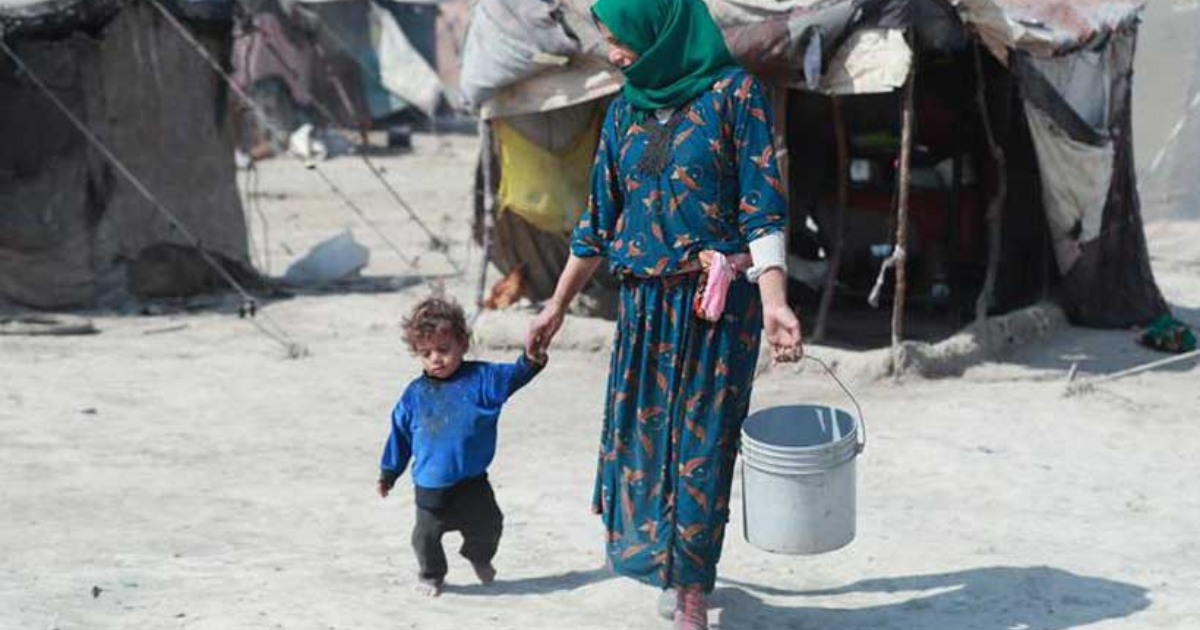Blogs
The Impact of Post-Conflict Trauma on Syrian Refugees, and Why Healing Matters

When conflict ends, the explosions may stop, but the effects linger. As the war in Syria has stretched on, many refugees carry wounds unseen: shattered memories, disrupted lives, lost childhoods. The impact of post-conflict trauma on Syrian refugees isn’t a side story. It’s central to their ability to rebuild hope. You’ve likely heard terms like PTSD or anxiety in news reports, but those don’t capture the full weight of what many endure daily.
At Aramea Foundation, we work with Syrian families who have fled violence, who’ve lost homes, loved ones, or both. We see what recovery looks like, not as an endpoint, but a process. Understanding the impact of post-conflict trauma on these refugees helps you realize why support services, mental health, educational continuity, and social connection aren’t optional. They are lifelines.
What Post-Conflict Trauma Means in the Syrian Context
To speak of the impact of post-conflict trauma on Syrian refugees is to speak of multiple, compounding pressures. Firstly, there are pre-migration traumas: witnessing bombings, loss of family, and forced displacement. One study found that nearly all Syrian refugees surveyed had experienced at least one traumatic event, and many had experienced more than one.
Then there are the post-migration stressors: legal uncertainty, integration challenges, economic hardship, and isolation. These create layers of trauma that can make psychological recovery more difficult. The impact of post-conflict trauma includes elevated rates of PTSD, depression, and anxiety, sometimes long after arrival in a safe country.
Children’s Development and Lost Time
Children are especially vulnerable to the impact of post-conflict trauma. Disruption to schooling, loss of routine, and exposure to violence during formative years all influence cognitive and emotional development. In a 2025 review, researchers found that refugee children often face developmental delays in learning, in controlling emotions, and in planning for the future.
For example, a child who misses years of school because of displacement may struggle with literacy, numeracy, or social skills upon resettlement. This lost time can amplify feelings of shame or inferiority, which adds to trauma rather than easing it.
Long‑Lasting Mental Health Effects
The impact of post-conflict trauma on Syrian refugees isn’t just in the early years; it often persists. Even after resettlement, studies show many Syrian refugees continue to carry symptoms of PTSD, depression, and anxiety. A study in the UAE found a high prevalence of PTSD among long-term Syrian residents.
Physical health is also affected. Stress and trauma can lead to metabolic issues, sleep deprivation, and chronic disease. So, what begins as emotional impact extends into bodily health as well. For many, the trauma of war and displacement becomes a background burden that shapes daily life.
Community, Culture, and Support as Recovery Anchors
Understanding the impact of post-conflict trauma on Syrian refugees means seeing what helps, too. Social support networks, whether extended family, community groups, or places of worship, often buffer trauma’s worst effects. Strong relationships provide emotional safety, restoring trust that conflict can damage.
At Aramea Foundation, we center recovery around local voices. We support programs that train community members in psychological first aid, create healing spaces for children, and offer educational continuity. These kinds of interventions don’t erase trauma, but they alter its course. They help people build resilience.
Gaps in Awareness and Care
Many public discussions focus on displacement and physical needs, food, shelter, and safety, but underplay mental health. Yet the impact of post-conflict trauma on Syrian refugees means that trauma services are urgent, not secondary. There are gaps in mental health professionals, in culturally sensitive treatment, in long-term support, especially for children and women. Research also shows that stigma or lack of access blocks many from seeking help.
Furthermore, post-migration stress, like unemployment, social exclusion, or uncertain legal status, often gets left out of plans for recovery. Yet these stresses combine with war trauma to deepen long-term impact.
What Effective Recovery Looks Like
Recovery isn’t about forgetting. It’s about building systems that heal. For Syrian refugees, that might mean:
- Safe community spaces where people can talk about loss and grief.
- Access to counselling and trauma-informed therapy that respects cultural norms.
- Stable schooling with psychosocial support for children to catch up.
- Vocational and skill programs that restore purpose.
- Legal and social frameworks that reduce uncertainty (residency status, family reunification, access to services).
Aramea Foundation aims to provide many of these supports. We partner with mental health practitioners, educators, and community leaders to build programs that address both short-term crisis and long-term healing.
Why It Matters to You
If you care about impact, then the impact of post-conflict trauma on Syrian refugees is central. Because trauma shapes not just individuals but whole communities. Untreated trauma can perpetuate cycles of instability, disrupt intergenerational trust, and obstruct recovery. But healing initiatives, when you support them, make change visible.
When you donate, volunteer, or advocate with mental health in mind, you help restore lives, not just safety. You help children learn again. You help parents become caregivers instead of simply survivors.
Conclusion
The impact of post-conflict trauma on Syrian refugees is real, deep, and ongoing. It touches minds, bodies, hopes, and futures. But it is not destiny. Healing is possible when recovery programs include mental health, when voices are heard, and when communities are supported with dignity.
Aramea Foundation stands with families carried by this burden. We believe recovery must include trauma care, education, social connection, and stability because lasting peace isn’t possible without healing.
